Comprehensive Analysis: JNJ20190729, a Novel H4 Receptor Antagonist
VerifiedAdded on 2022/10/15
|26
|2081
|16
Report
AI Summary
This report details the research and development of JNJ20190729, a novel H4 receptor antagonist, for the treatment of allergic rhinitis, focusing on the impact of environmental pollution. The study explores the causes and current treatments of allergic rhinitis, including the drawbacks of existing antihistamines. It investigates the H4 receptor as a potential therapeutic target, detailing the screening process of various compounds, including JNJ20190729. The report presents the results of drug testing in animal models, gene expression analysis, and clinical trials, evaluating the efficacy and side effects of the candidate drug. It also includes data from animal models, comparing the efficacy of the drug with other competitor drugs. The report highlights the importance of the animal model and discusses potential side effects observed. Finally, the report concludes with a summary of findings and thoughts on which drug to take forward to human clinical trials, discussing efficacy versus side effects.
1 out of 26

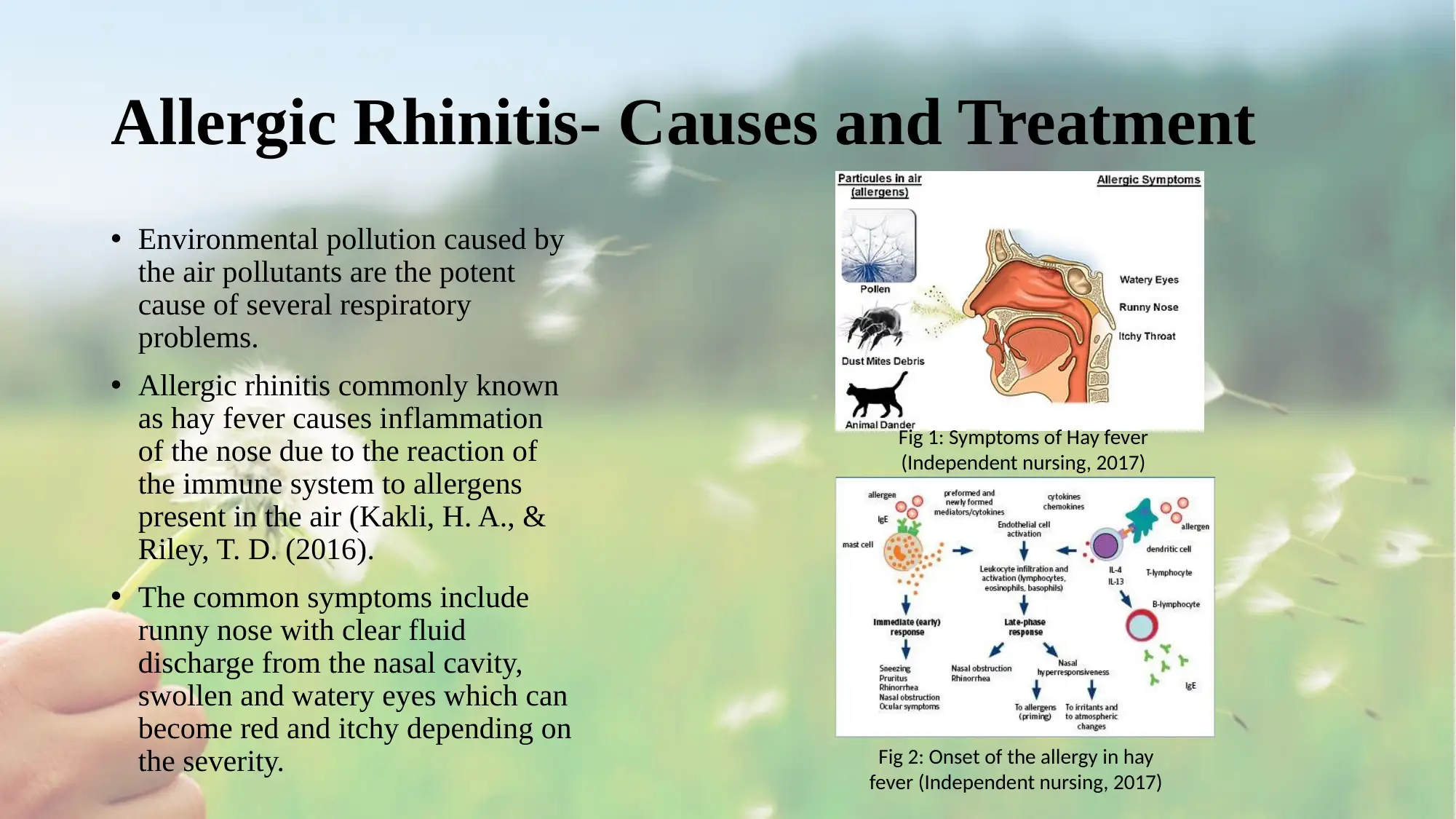
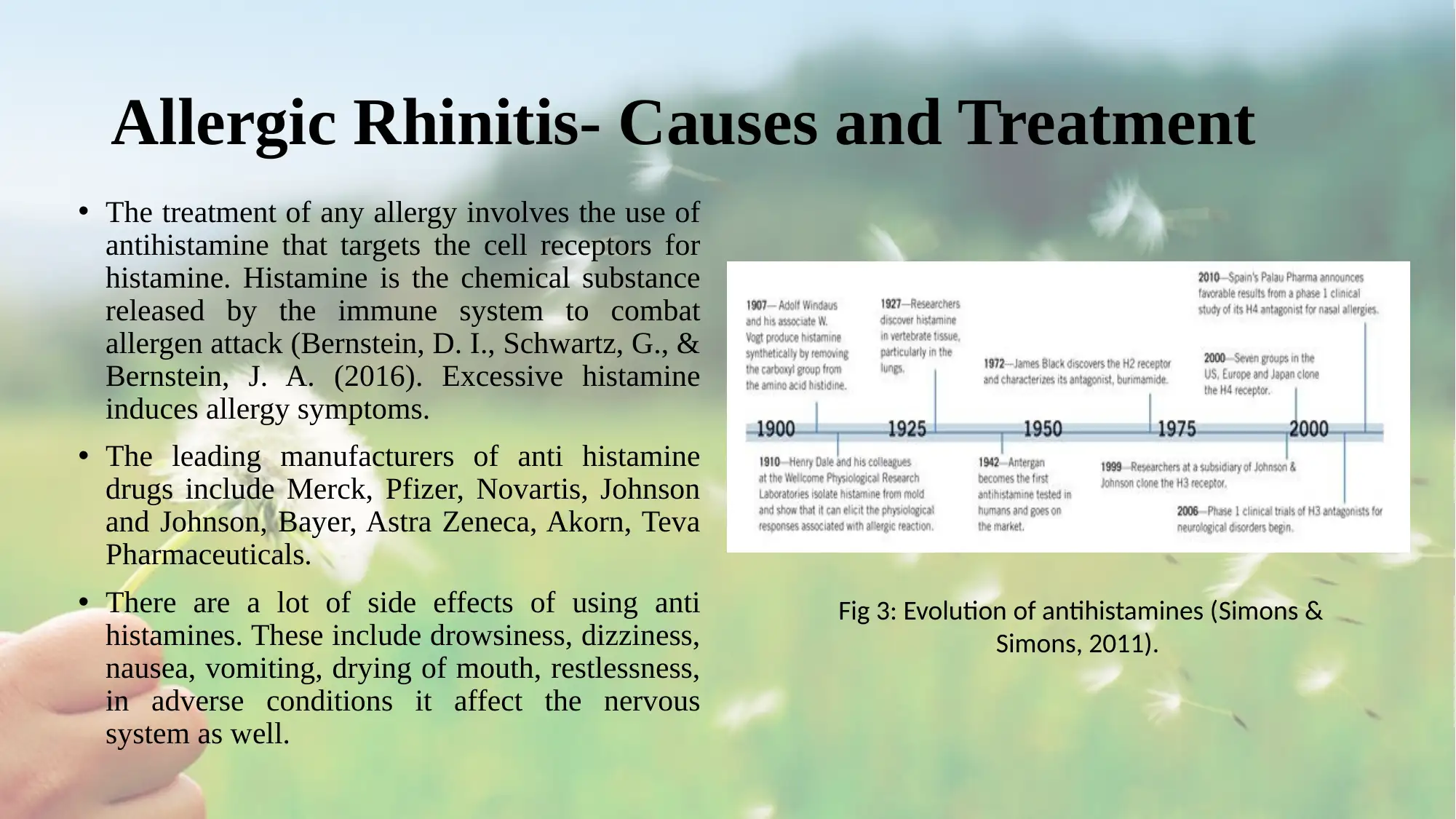

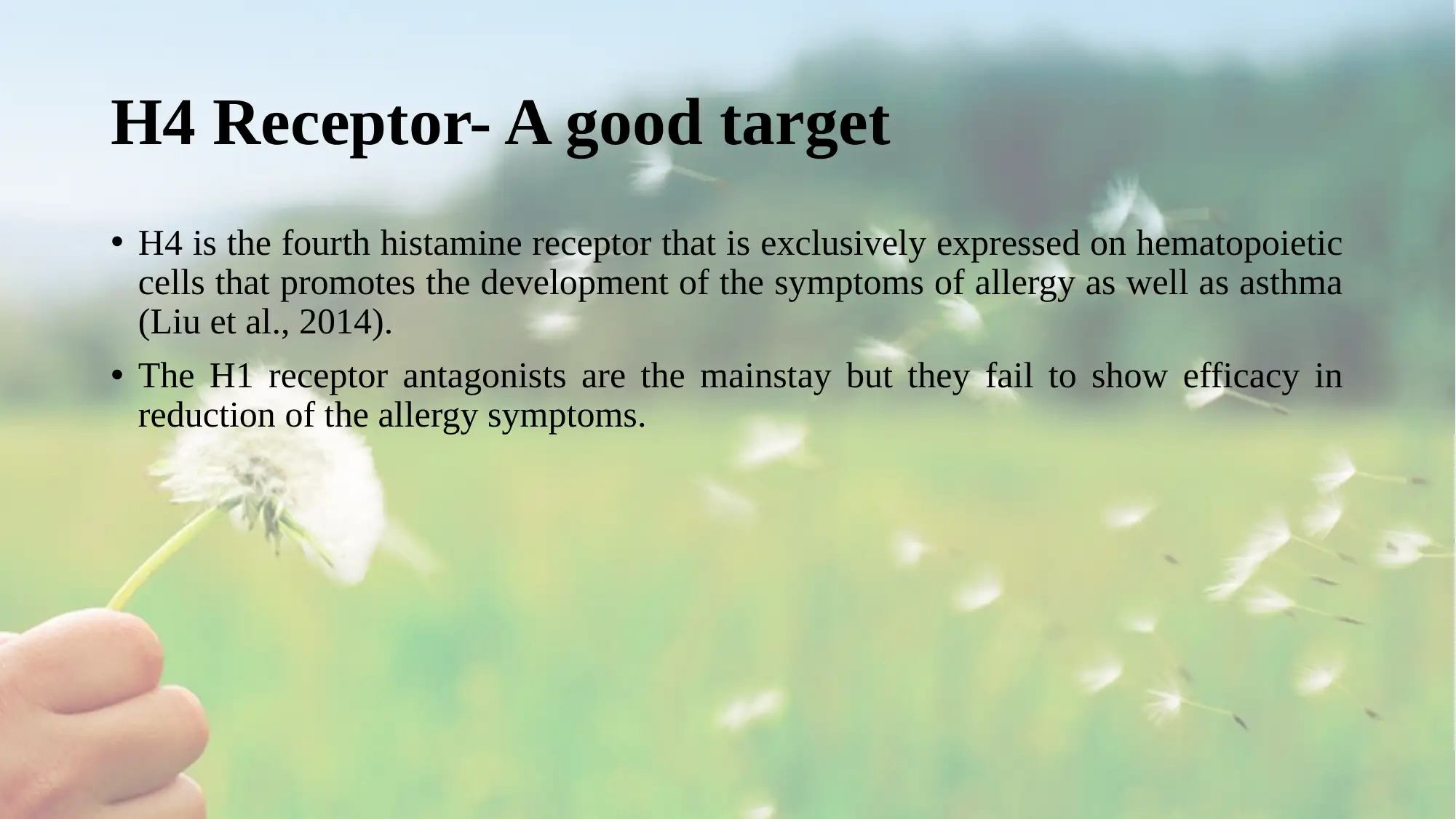
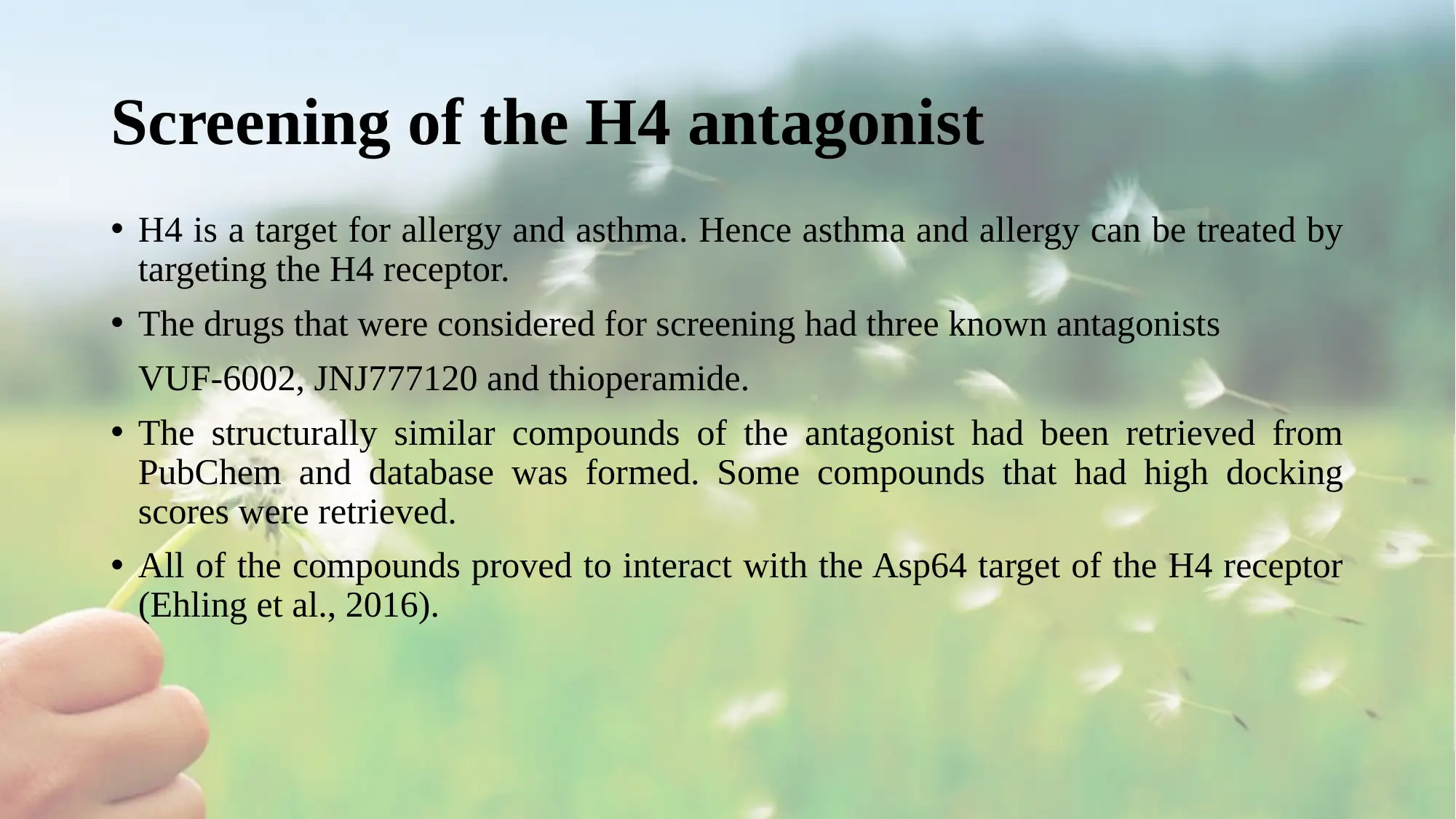
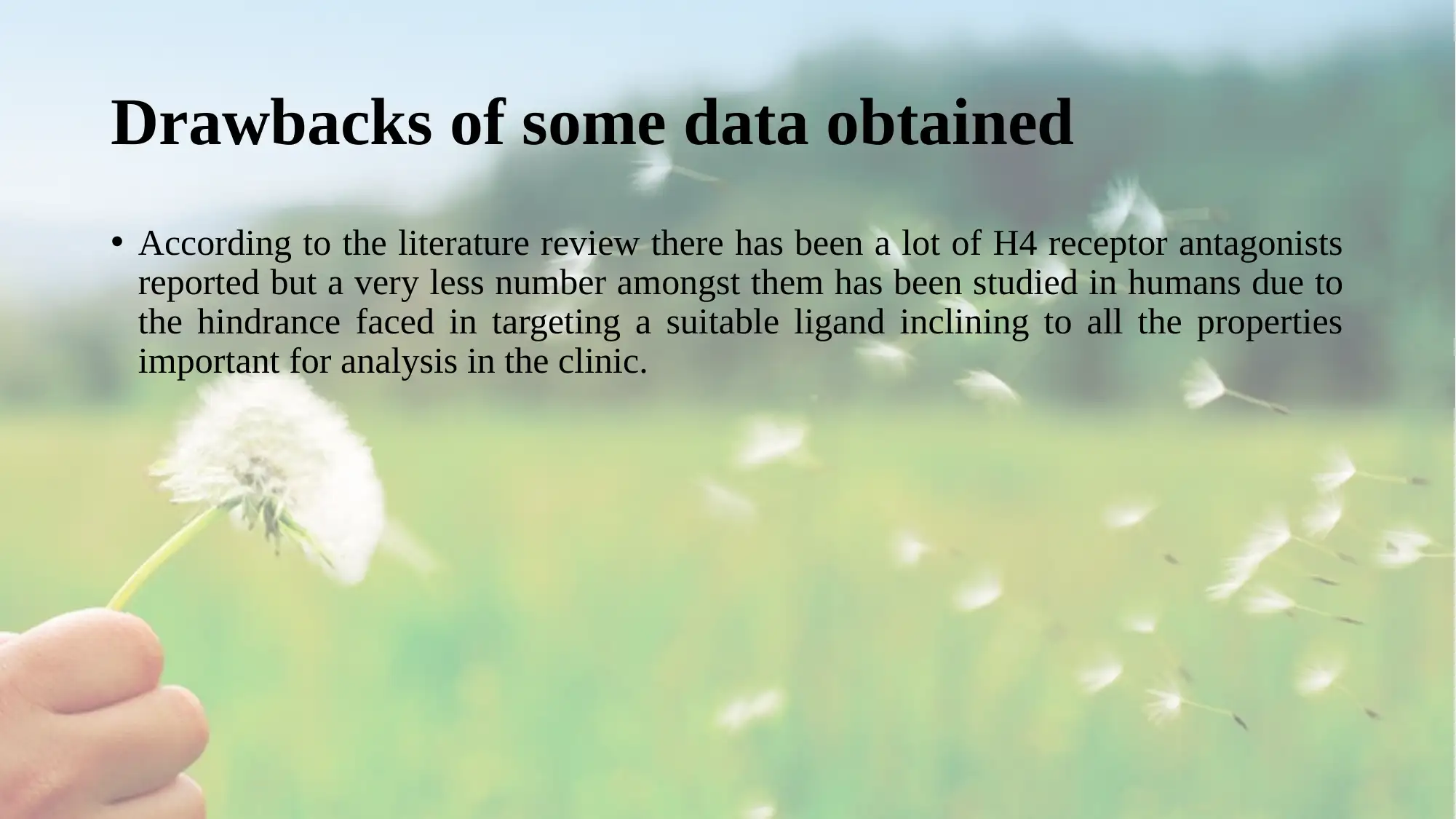
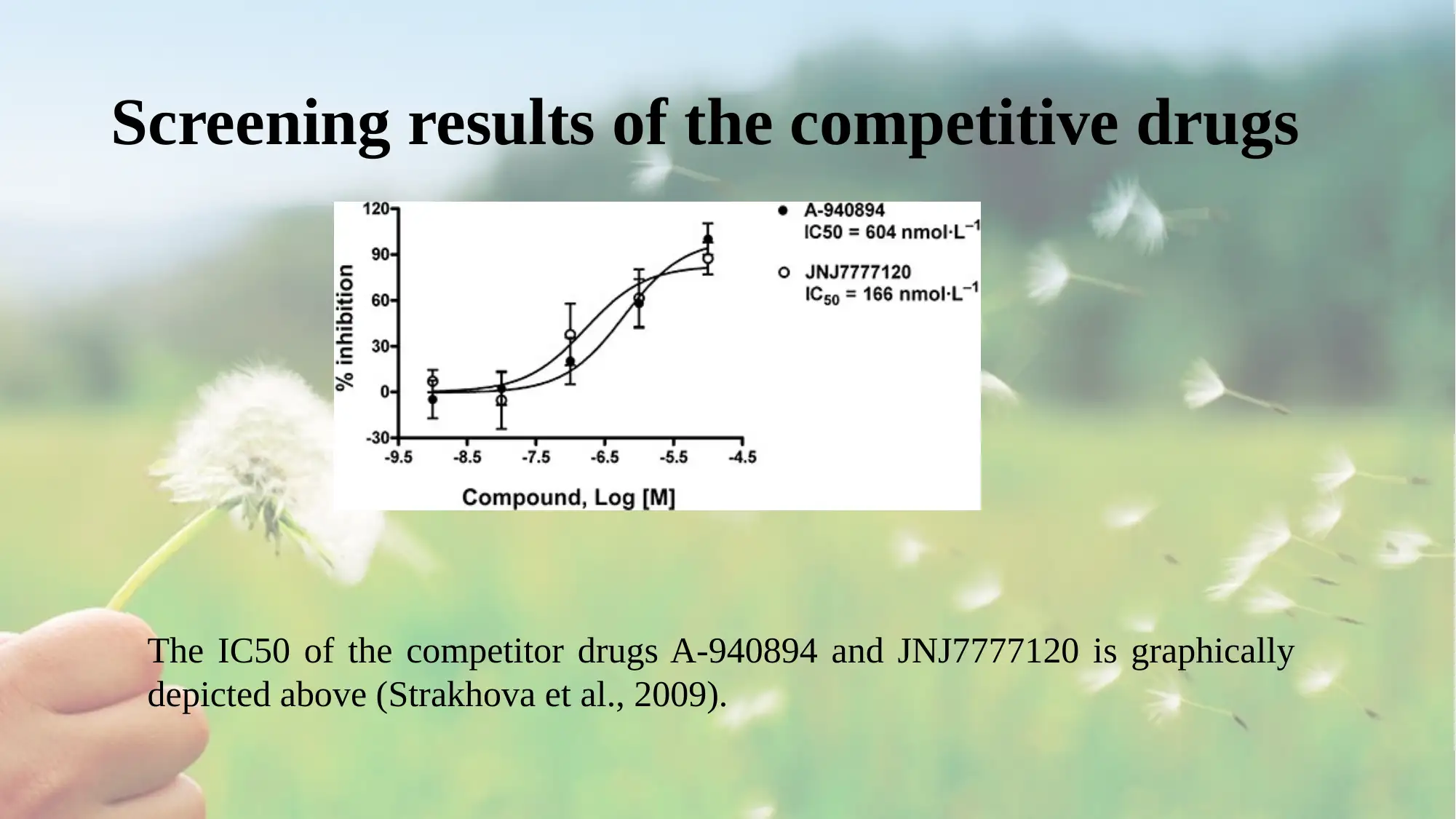
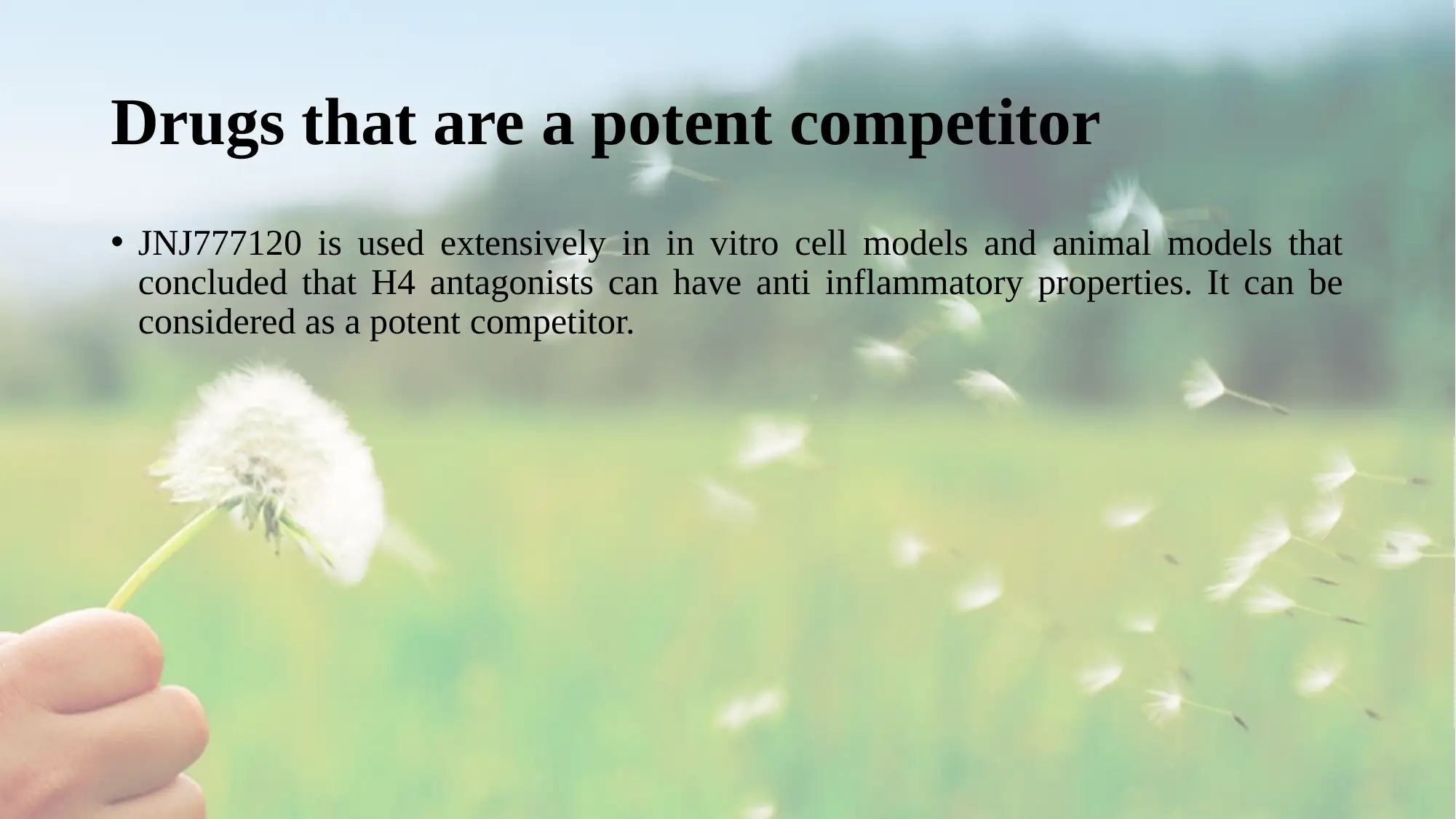
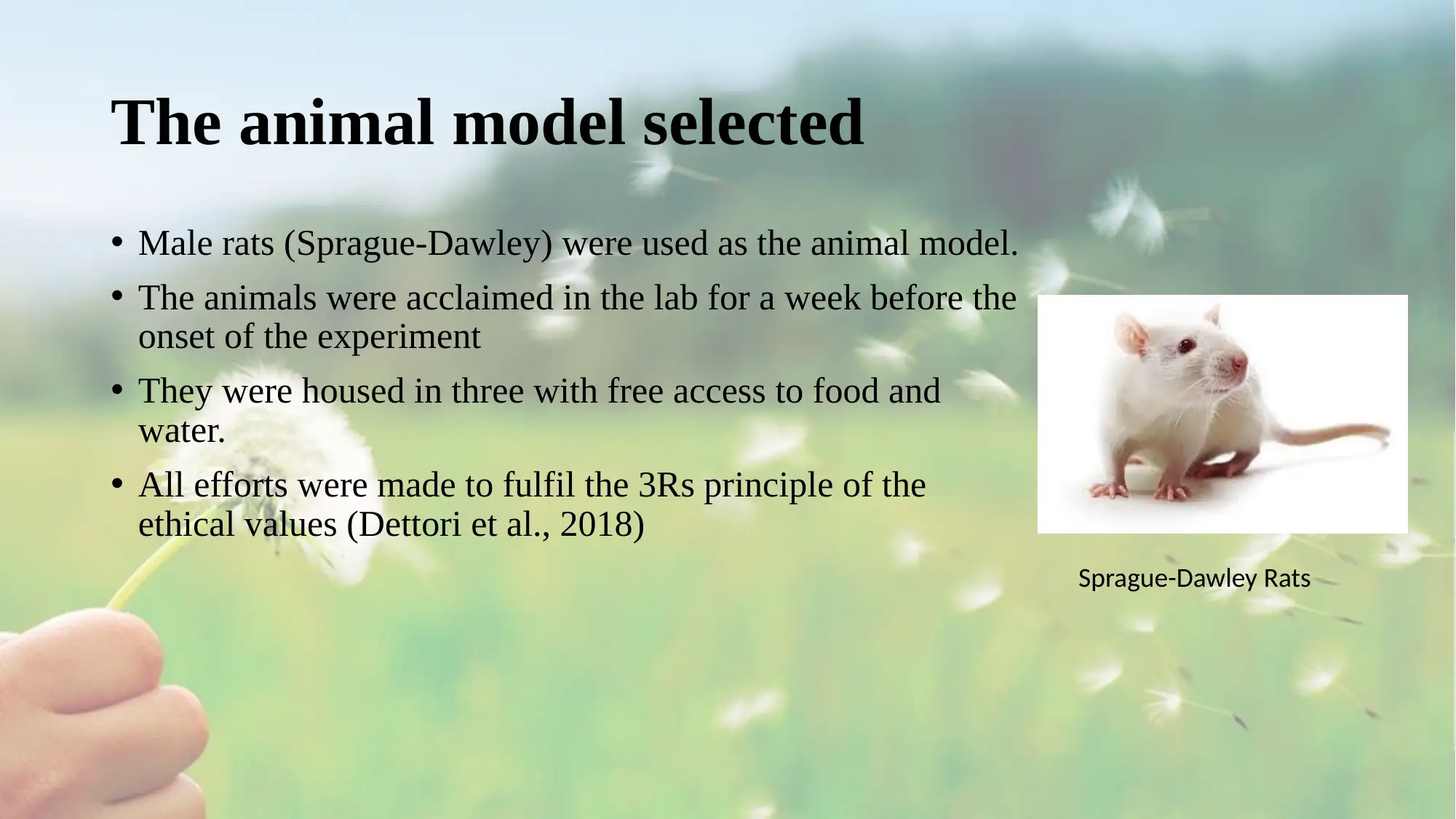
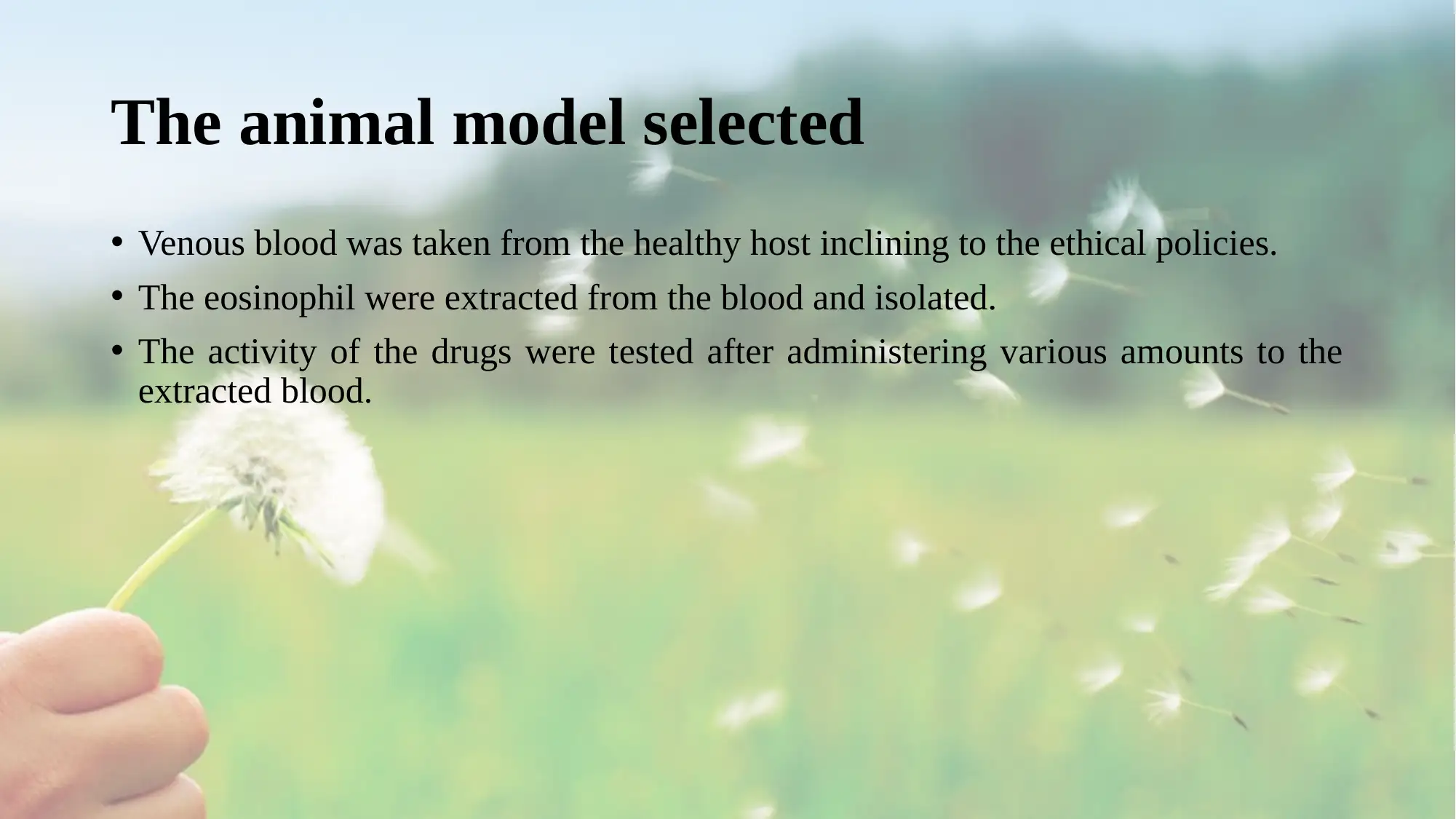
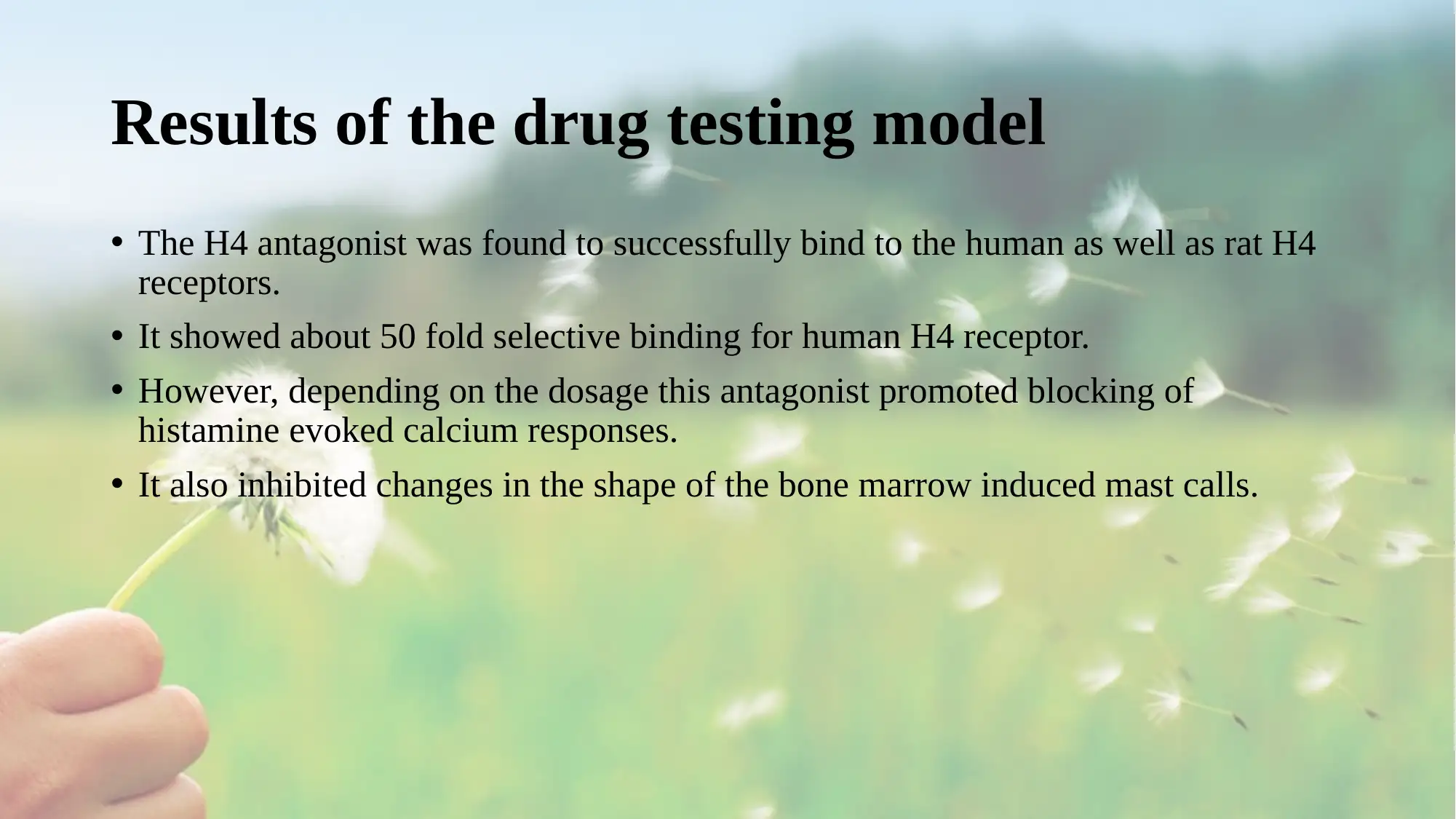
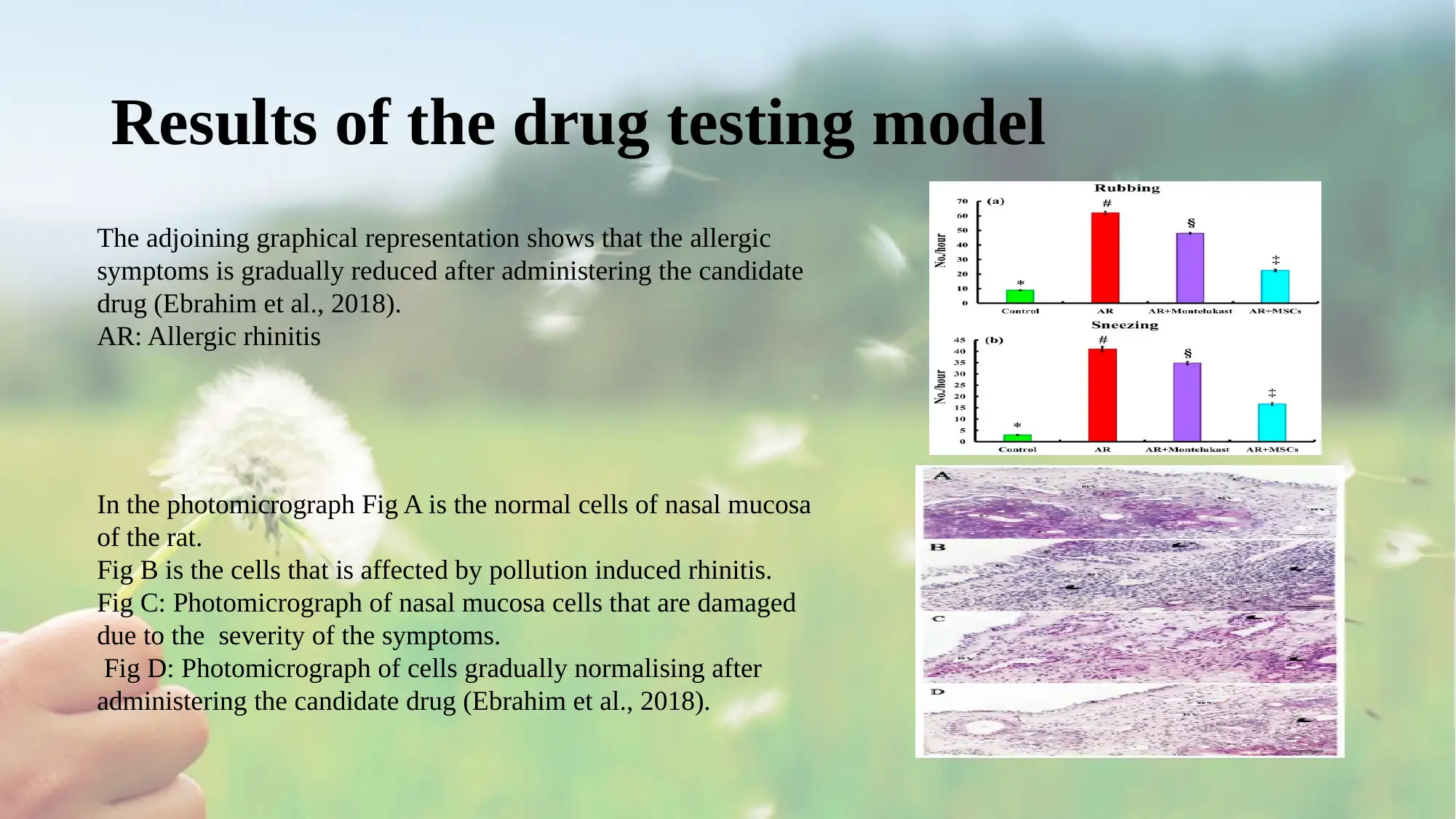

![[object Object]](/_next/static/media/star-bottom.7253800d.svg)